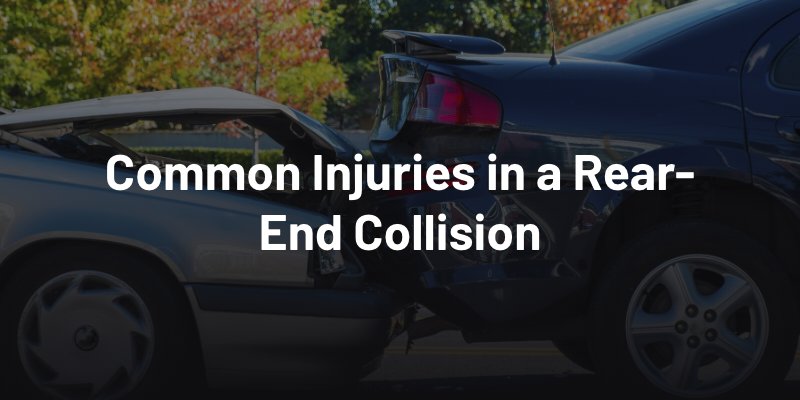
Rear-end collisions are painful and frightening—seeming to come out of nowhere and catching the driver and passengers in the front vehicle in a vulnerable position and unprepared for impact. Rear-end collisions made up 27.8% of all car accidents in a single recent year, averaging 1.7 million rear-end collisions per year in the United States. Many serious injuries result from rear-end collisions. In most cases, the driver in the rear is at fault for the accident, since they were responsible for stopping the vehicle before hitting it in front of them. However, in some cases, the front vehicle may be partly at fault, for example, if they braked suddenly or the car’s brake lights were out.
Serious injuries from rear-end collisions go to court each year in Washington personal injury cases and throughout the U.S. Sadly, 6.8% of rear-end collisions in 2020 resulted in fatalities. Many more caused serious injuries. If you were injured in an accident, make sure to contact an Everett car accident lawyer for legal guidance and support.
How Do Most Rear-End Accidents Occur?
Rear-end accidents are most common after dark and in inclement weather conditions. Most rear-end collisions result from driver negligence, leaving the at-fault party liable for damages resulting from the accident, like property damage, medical expenses, and compensation for pain and suffering. The most common causes of rear-end collisions include the following:
- Distracted driving
- Tailgating (following too closely)
- Sudden braking from the front driver
- Speeding
- Driving under the influence
- Drowsy driving
- Ignoring traffic signals
Rear-end collisions commonly occur in one of three ways:
- A rear driver rolls into a front vehicle slowly while coming to a stop
- A rear driver approaches a stopped vehicle at full speed and impacts the vehicle from behind due to distraction
- A rear driver traveling at a fast speed overtakes a front driver at a slower rate of speed and impacts the rear end of the front car while both are in motion
While rolling into a stopped vehicle at a slow speed may still cause injuries such as whiplash, rear-end accidents at high speed or while both vehicles are in motion can cause one or both vehicles to roll, flip, or slide off the road, resulting in grave injuries to motorists in both vehicles.
Common Injuries in Rear-End Collision Claims
Injuries in rear-end collisions range from mild to severe. Some rear-end collisions result in fatalities, in which case, family members may file a wrongful death claim against the negligent driver.
Common injuries occurring in rear-end collisions include the following:
- Whiplash
- Back and neck injuries
- Head injuries and traumatic brain injuries
- Broken bones
- Soft tissue injuries to shoulders knees, ankles, wrists, and hands
- Spinal cord injuries
- Internal injuries
- Bruises and lacerations
When a motorist experiences serious injuries in a rear-end collision, they can file a personal injury claim with a car accident attorney for damages against the at-fault party by proving negligence.
Negligence in Rear-End Collisions
Proving liability in rear-end Collisions requires demonstrating the following legal points:
- The party at fault owed a duty of reasonable care to prevent injuries to others on the road
- They breached this duty of care by acting negligently or recklessly
- The negligent breach of duty directly caused injuries
- The injury victim suffered significant damages
Damages in personal injury claims commonly include the victim’s past and future medical expenses, lost income, and compensation for pain and suffering. Please contact a personal injuryattorney in Everett if you have been wrongly injured in a car accident.